Although resorptive disease is a serious dental condition that usually occurs in cats, all pet owners should be aware of this disease, as these oral lesions can also develop in dogs. Resorptive lesions, also known as feline odontoclastic resorptive lesions (FORLs), are painful and affect a significant portion of the cat population. FORLs are estimated to affect 20% to 60% of all cats, and close to 75% of those 5 years of age and older.
Because cats have such a high potential for developing resorptive disease, understanding FORLs’ ins and outs and how they can affect your whiskered pal is crucial for their health and comfort. Learn how to preserve your feline friend’s oral health by reading our Santa Monica Veterinary Group team’s comprehensive guide to feline resorptive disease.
What are feline resorptive lesions?
Resorptive lesions are characterized by the gradual destruction and loss of tooth structure, typically starting at the gumline where the gingiva meets the dental hard tissue and progressing inward. Over time, the lesion in the enamel penetrates the inner tooth structures, invading the sensitive dentin and pulp chamber. Eventually, all the hard structures of an affected tooth resorb, leaving nothing more than a bump under the gum where the tooth had been.
When resorptive lesions start developing, they often first affect the third premolars on the lower jaw. Lesions initially appear on these teeth on both sides of the mouth, but resorptive disease can progress to affect all a pet’s teeth over time.
Why do resorptive lesions occur in cats?
The exact cause of resorptive lesions in cats remains unknown. However, several factors may contribute to these lesions’ development, including:
- Genetics — Genetics may play a significant role in predisposing certain cats to resorptive lesion development. Some breeds, such as Siamese and Persian cats, appear to be more prone to dental issues than other feline breeds, partly because of genetic factors or facial structure abnormalities.
- Dental disease — Plaque, tartar, gingivitis, and other periodontal diseases can contribute to resorptive lesion development. As oral bacteria ultimately damage the teeth, weakened enamel is susceptible to erosion.
- Inflammation and immune system disorders — Oral inflammation, whether because of periodontal disease, gingivitis, or other factors, can trigger a cascade of immune responses that may contribute to resorptive lesions’ development. Additionally, cats with compromised immune systems may be more susceptible to these lesions. Conditions, such as feline immunodeficiency virus (FIV) or feline leukemia virus (FeLV), can weaken the immune system, predisposing affected cats to dental issues.
- Unbalanced diet — Diets with improper nutritional components may influence resorptive lesions’ development in cats. Food that is high in acidic content can unbalance oral pH levels, potentially promoting tooth enamel demineralization and lesion progression. An excessive vitamin D level has also been suspected of leading to resorptive disease. Providing a balanced diet that meets your cat’s nutritional needs can help maintain their oral health and reduce their dental problem risk.
What are resorptive lesion signs in cats?
Detecting resorptive lesions in cats can be challenging as they often exhibit subtle, virtually undetectable discomfort signs. However, pet owners should watch out for the following signs:
- Increased sensitivity or pain around the mouth
- Difficulty eating or chewing
- Excessive drooling
- Pawing at the mouth
- Reluctance to groom
- Bad breath
- Bleeding or inflammation along the gumline
If your cat exhibits these signs, they may have resorptive disease. Schedule an exam with our team to determine whether your cat has resorptive disease or another health issue.
What treatment options are available for cats with resorptive lesions?
Resorptive disease generally requires oral surgery to remove the pain source. Teeth with lesions affecting the crown require total tooth extraction, including the roots. Teeth damaged by root-resorbing lesions may only require a crown amputation, a procedure in which the tooth’s crown is cut off at the gumline, leaving the roots to resorb.
Can I prevent resorptive lesions in my cat?
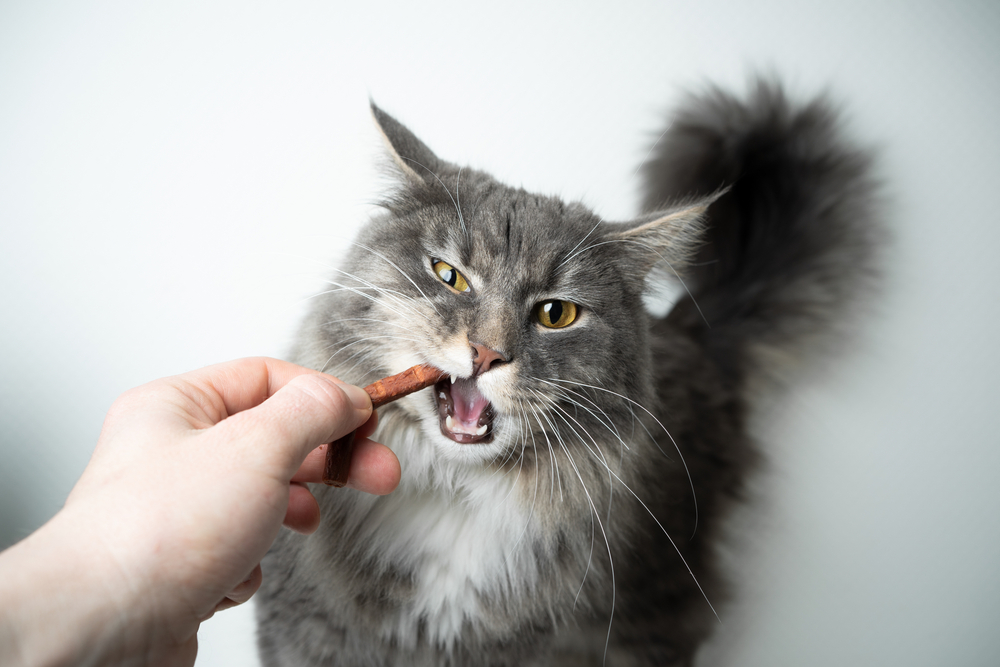
Since the exact cause behind resorptive disease is unknown, preventing the condition may not be possible. However, you can promote good dental health and reduce your cat’s risk. Schedule regular professional dental care, such as oral exams and dental cleanings, so our team can evaluate your pet’s oral health and remove plaque, tartar, and diseased teeth. At home, brush your cat’s teeth at least a few times a week, and use dental care products that bear the seal of acceptance from the Veterinary Oral Health Council (VOHC).
Resorptive disease is an incredibly painful condition, yet affected cats can still successfully hide this condition’s signs. Schedule regular dental care with our Santa Monica Veterinary Group team to ensure your cat’s mouth remains pain- and disease-free.


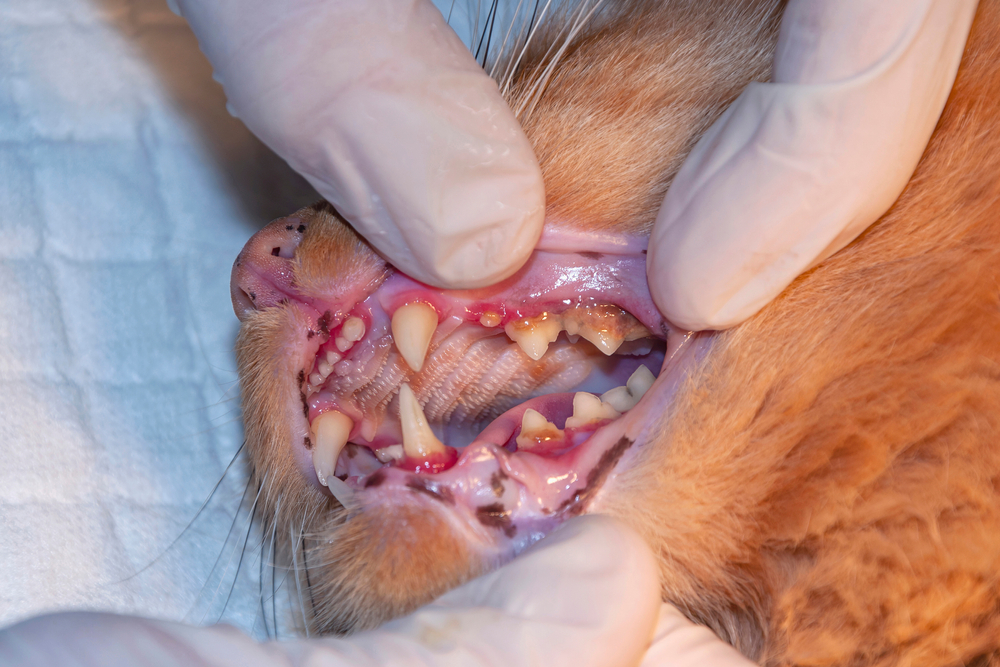
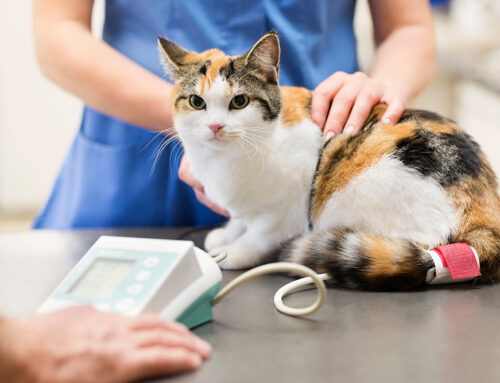

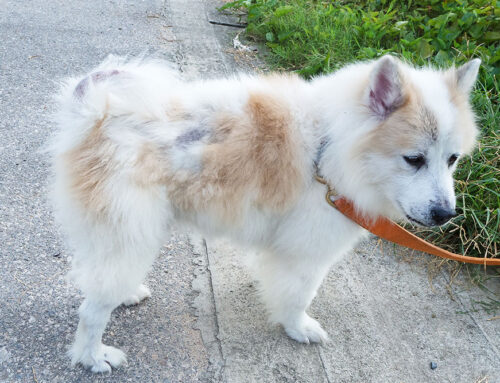
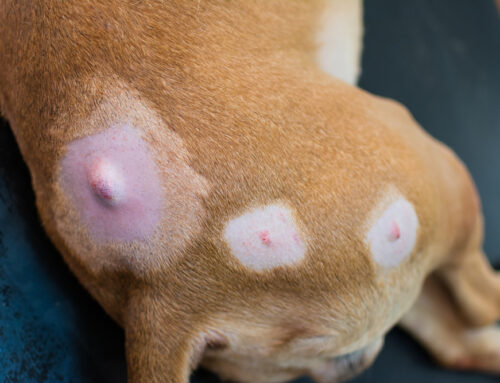
Leave A Comment